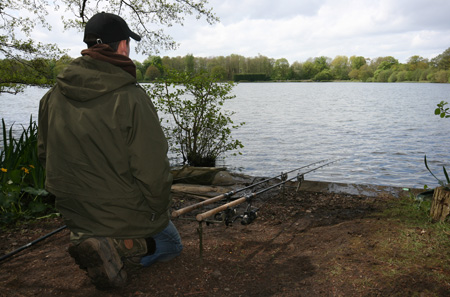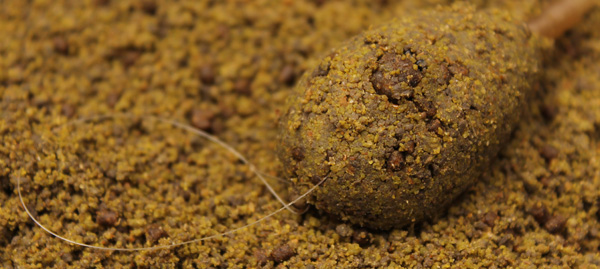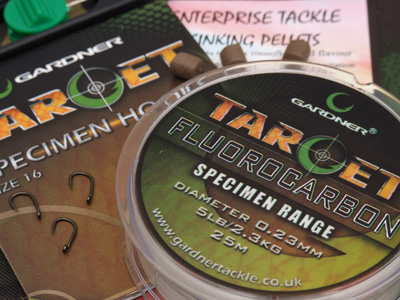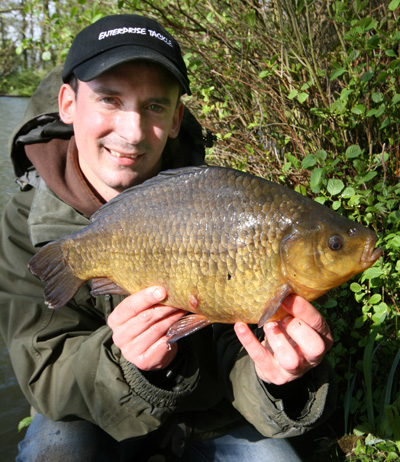Crucians are one of my favourite species to target during the spring and early summer and for me the sight of their golden scales glistening in the sun is hard to beat; this feature looks at my approach to putting these most delightful of fish on the bank.
Crucians have traditionally been known as tentative feeders and sensitive float fishing tactics at dawn and dusk have been the accepted textbook way to target this species but I think it is fair to say that as specimen fishing has moved forward, tackle, techniques and rigs have become more refined and there is another approach.
Yes, there is a big part in crucian fishing for watching a sensitively-shotted float with pin prick bubbles surfacing around it and pitting your wits and reflexes against this supposed wily creature. Yet sometimes these methods don’t suit the venue or style of fishing needed to catch really big crucians. Imagine sitting by a lake all day waiting for that one all-important bite, the float disappears and a strike is met…with thin air. Frustrating indeed!
 Venues
Venues
When it comes to venues for catching a big true crucian, look no further than the Marsh Farm complex run by Godalming Angling Society. This ticket has been widely known for its massive crucian carp for a number of years now and many anglers have walked away with a big smile on their face after netting a personal best. Yes, other venues do exist, but for the sheer number of big crucians, Marsh Farm is hard to beat.
Location
As with all fishing, location is everything.
Crucians will often ‘tell you’ where to fish and often give away their presence at dawn and dusk by rolling in their favorite haunts. A few evenings spent at your chosen venue are never wasted. Look for any areas that have depth and features close to the margins, these will often be a winner.
If I can’t find depth close in then I like to fish at range during the daytime and I generally find a range of 20-30 yards is about right. This makes baiting and accurate casting very comfortable but as soon as darkness descends I like to position a rod very close in, even in a foot or two or water. Crucians love the margins and as long as there is enough water to cover their back, depth almost becomes irrelevant – ignore this advice at your peril! This can also be a great way to separate tench if they are causing problems in your carefully baited area as tench are a lot more spooky when feeding in very shallow water.
Hook baits and loose feeding
I base my feed around a fine groundbait mix consisting of Sonubaits F1 Dark and Supercrush Green mixed 50/50. This creates a lovely dark coloured mix. I add very little feed to this, just a sprinkling of 2mm Sonubaits’ S pellets. I like to rely heavily on the strong sweet fishmeal of this mix to attract crucians into the swim to feed.
My preferred hook baits are small hookable pellets such as the aforementioned Sonubaits’ 6mm S Pellets or small 6mm Imitation Pellets from Enterprise Tackle. These two baits have accounted for 95% of my crucians over the last two years. I always take a few change baits with me such as corn and small 10mm boilies just in case.
Feeding is very important when crucian fishing, many anglers rely on a light baiting approach but I prefer the complete opposite with a more positive approach and feed heavily in a bid to attract the cucians to dine. Using a little feed but lots of attraction in my groundbait mix allows me to do this and this approach throws what has been written in the crucian textbook completely out of the window.
Due to the range I fish at I use a spod to introduce my groundbait and there is no doubt crucians are attracted to the sound of a spod hitting the water. Many times I have had received bites in shallow water whilst spodding directly over the top of a hookbait and often when a swim goes quiet a few spods of bait will see the action continue. Ring the dinner bell and the results will follow!

Time to tackle up
When it comes to rigs simplicity is the key, there is no need for complicated set ups when crucian fishing.
Although traditional float fishing tactics can score well when circumstances determine I prefer a more 21st Century approach. Small flatbed method feeders have revolutionised crucian carp fishing for me and combined with a short hook length the approach turns twitches and dips on a float fishing set up to more confident and hittable bites. Taking the self-hooking aspect away fishing the method also allows you to disguise the last few inches of the terminal tackle and the hook bait is positioned in a tight pile of feed every cast.
 As with all feeder fishing accuracy is paramount. Stops knots used in conjunction with a line clip are vital and the more accurate you are, the more bites you get.
As with all feeder fishing accuracy is paramount. Stops knots used in conjunction with a line clip are vital and the more accurate you are, the more bites you get.
A reliable main line able to deal with the stresses and strains of casting feeders regularly, not to mention handling tench and carp is paramount.
 6lb Hydro Flo from Gardner Tackle is my favourite; this sinks well allowing me to do away with heavy tubing or flying backleads that some anglers favour. When it comes to feeders, I find a weight around 25-30grams ideal and there are many good designs on the market these days and most fit the bill perfectly. When it comes to hook lengths I prefer Gardner Target fluorocarbon in 5lb breaking strain with a short length of around three to four inches ideal.
6lb Hydro Flo from Gardner Tackle is my favourite; this sinks well allowing me to do away with heavy tubing or flying backleads that some anglers favour. When it comes to feeders, I find a weight around 25-30grams ideal and there are many good designs on the market these days and most fit the bill perfectly. When it comes to hook lengths I prefer Gardner Target fluorocarbon in 5lb breaking strain with a short length of around three to four inches ideal.
Whilst shooting this feature I put the tactics and baits I have mentioned into practice and bagged 15 crucians for the camera, the best just short of the magical four pound barrier, weighing in at 3lb 14oz. This just goes to show that refining your tactics and adopting a positive approach will often pay dividends.










